According to Nikkei, Japan plans to set a target of having 10,000 Level 4 autonomous vehicles on the road by 2030, including commercial buses, taxis and large trucks. This target is included in a draft update of the national transportation plan proposed by the Ministry of Land, Infrastructure, Transport and Tourism , aiming to promote the deployment of self-driving technology by domestic automakers.
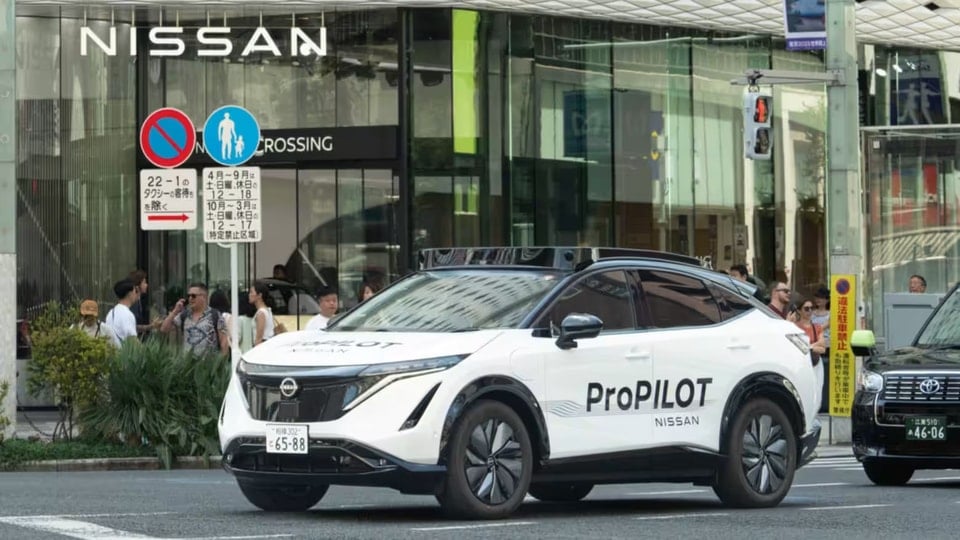
Timeline and scale of implementation
Under the current plan, Japan aims to have 100 self-driving service locations and fewer than 1,000 autonomous vehicles in operation by fiscal 2027. Under the new proposal, this would increase more than tenfold by fiscal 2030 to 10,000 vehicles.
Japan’s cabinet is expected to approve a basic transportation plan this year. The 10,000-vehicle target covers a wide range of commercial vehicles, emphasizing the role of buses, taxis and large trucks in the autonomous mobility ecosystem.
| Mold | Objective/Scope |
|---|---|
| Fiscal year 2027 | Under 1,000 vehicles; 100 locations offering self-driving services |
| Fiscal year 2030 | 10,000 Level 4 autonomous vehicles (commercial buses, taxis, large trucks) |
| Approve | Japan's cabinet expected to approve basic transport plan this year |
Level 4 and technology platform
Level 4 is a step on the path to full automation at Level 5. At Level 4, vehicles do not require a driver under specific conditions. Japan plans to deploy comprehensive, end-to-end artificial intelligence control systems to accelerate the automation process for commercial vehicles.
The government is developing a mechanism to approve sophisticated self-driving systems developed by automakers. The knowledge gained from the current deployment of Level 2 autonomous vehicles – partially automated with human supervision – is expected to support the Level 4 phase. At the same time, technologies developed for personal vehicles can be applied to commercial vehicles, contributing to expanding the market and reducing the costs of related systems and equipment.
Support policy and operational safety
According to the draft, Japan will consider providing additional subsidies to cities that deploy self-driving buses to ensure accessibility in the region. In addition, work on establishing accident analysis procedures will also be accelerated to complete the safety framework for autonomous operation.
Many policies supporting the proliferation of autonomous vehicles will be enacted in line with the new goals. Automakers are also preparing new ways to support the widespread deployment of their driver assistance systems, including end-to-end control systems that are being rapidly developed.
Driving force from infrastructure and human resource needs
The accelerated adoption of autonomous vehicles is expected to benefit local transport and logistics infrastructure, as finding drivers in many areas of Japan is difficult due to a labor shortage. The ability to supplement public transport and logistics with autonomous vehicles is a key element of the plan.
Economic security context
The Level 4 automation goal also reflects economic security concerns related to China and other countries, and promoting the development and application of autonomous vehicles by domestic manufacturers is seen as an important step to strengthen technological capabilities and proactively manage the supply chain.
Conclude
The proposal to increase the number of Level 4 autonomous vehicles to 10,000 by 2030 marks a major shift in Japan’s roadmap to automated transportation. The combination of clear targets, approval mechanisms for sophisticated autonomous driving systems, local financial support, and safety procedures will lay the foundation for scaling up deployment while giving domestic automakers an edge in the global economic security and competitiveness landscape.
Source: https://baonghean.vn/nhat-ban-dat-muc-tieu-10000-xe-tu-lai-cap-4-vao-2030-10310371.html






![[Photo] Opening of the 14th Conference of the 13th Party Central Committee](https://vphoto.vietnam.vn/thumb/1200x675/vietnam/resource/IMAGE/2025/11/05/1762310995216_a5-bnd-5742-5255-jpg.webp)











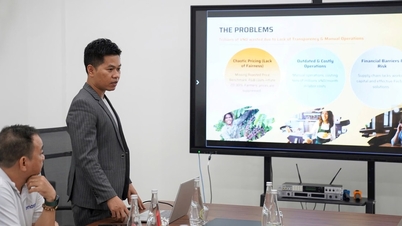





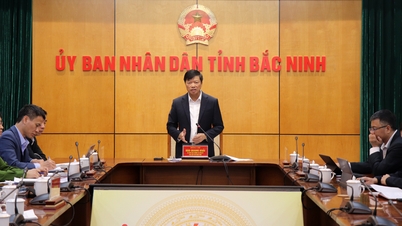











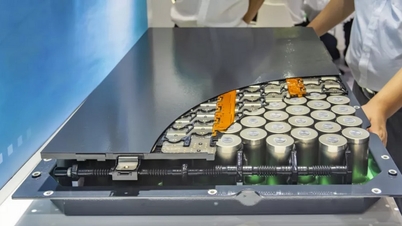

![[Photo] Panorama of the Patriotic Emulation Congress of Nhan Dan Newspaper for the period 2025-2030](https://vphoto.vietnam.vn/thumb/1200x675/vietnam/resource/IMAGE/2025/11/04/1762252775462_ndo_br_dhthiduayeuncbaond-6125-jpg.webp)


















































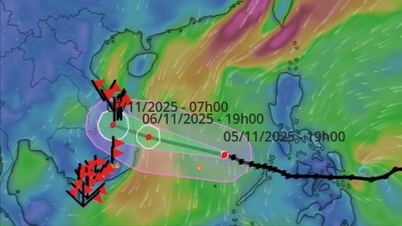
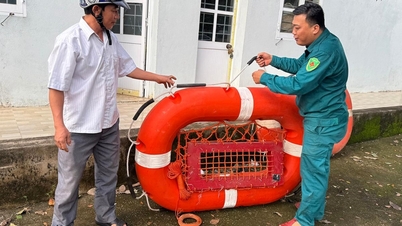






















Comment (0)